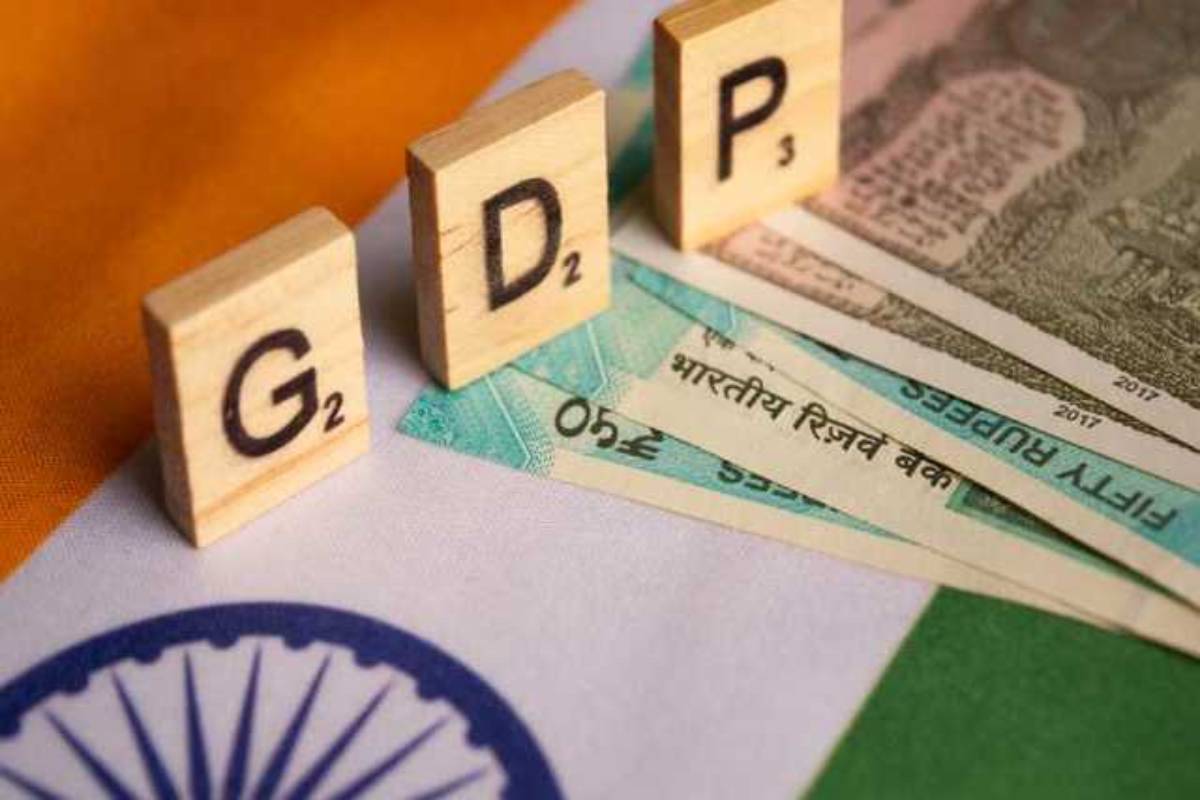As the dust settles on the country’s latest economic indicators, a nuanced picture emerges of an economy navigating through a delicate balance. The report suggests a moderation in India’s economic growth to 6.6 per cent in the last quarter, highlighting a shift in the winds that have been propelling the nation’s economic engine. One key driver of the slowdown appears to be the ebbing tide of robust government spending. In the run-up to a national election, the government deployed substantial capital expenditure, injecting vitality into the economy.
However, this surge now seems to be waning, potentially impacting the growth trajectory. The question that looms is whether this deceleration is a temporary ebb or the onset of a more prolonged slowdown. Agriculture, a cornerstone of India’s economic foundation, is another piece of the puzzle. The muted growth in the agricultural sector raises concerns, with the unpredictable monsoon cited as a potential disruptor. The monsoon, a lifeline for India’s agriculture-dependent economy, has proven to be patchy and uneven, leaving the fate of the agricultural GDP hanging in the balance. This uncertainty underscores the vulnerability of a significant portion of the population dependent on farming for their livelihoods. Interestingly, private investment emerges as a beacon of hope in this economic landscape. Despite expectations of a moderation in government capital expenditure, most experts believe that private investment will either outperform or remain steady in the coming fiscal year.
Advertisement
This is a pivotal juncture where the baton of economic growth may be passed from the public to the private sector. However, the pace of this transition is expected to be gradual, emphasising the need for a carefully calibrated economic strategy. Rural India, often seen as the heartbeat of the nation, faces its own set of challenges. While a government survey suggests a doubling of rural consumer spending since 2011-12, a stark reality persists in the form of stagnant incomes and high inflation for many rural residents. Bridging this divide is crucial for ensuring inclusive economic growth that reaches the farthest corners of the nation. On the monetary front, the Reserve Bank of India finds itself in a position to adopt a patient stance. With inflation projected to remain within the target range, the central bank can afford to wait before making any significant moves.
There is an expectation of a repo rate hold at 6.5 per cent until at least July, providing a stable backdrop for economic actors to adjust to the changing dynamics. The economic slowdown prompts reflection on the sustainability of growth drivers and the need for diversified strategies. As the nation adapts to this shifting economic landscape, the delicate balancing act between public and private sectors, agricultural uncertainties, and addressing rural economic disparities will shape India’s journey in the coming fiscal year. The key lies in embracing adaptability and fostering a resilient economy that can weather the storms and seize the opportunities that lie ahead.









